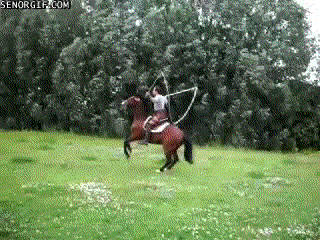Geshe Wangyal was born in 1901, among the Kalmyk Mongols , in what is today the Kalmyk republic in Russian Federation. He became a monk at a very young age of six and as a young man, he went to study in Lhasa, Tibet, just after the Bolshevik revolution was started.
He studied at the Gomang College of Drepung Monastic University in Lhasa until 1935 when he decided to return to Klmykia to arrange some financial matters. On his way in Pekin, he was told of the seriousness of situation in Russia under the communism. Therefore he gave up his plan to go back to Klamykia, and instead found a job in Pekin. He worked on a Kanjur and Tanjur project, and was getting well-paid. After earning enough money which could support him until he receives his geshe degree, in 1937, he left Pekin to return to Tibet via India. While in Calcutta (Kolkata today), Sir Charles Bell, a well known British statesman, scholar, and explorer. Geshe Wangyal was hired as a translator to Sir Charles Bell, and accompanied him on a trip through China and Manchuria before returning to Tibet. He then received his geshe degree in Lhasa.
His relations with the British, such as working with Sir Charles Bell, made him suspectious to the Tibetan government. Therefore he could not stay in the monastery any longer. In the following several years, he constantly travelled between Lhasa, Tibet and Kalimpong, India to do business, in order to raise funds to help other monks to receive their geshe degrees. Many Mongolian monks who were cut off from their native land due to the communist revolution, received his assistance. When the Chinese were start advancing Tibet in the early 1950s, he escaped to India. Then in 1955, he went to the United States to work as a priest among the Kalmyk Mongols who were newly resettled in New Jersey, New York and Panselvania as refugees from the Soviet Union. In the United States, he established a monastery, Labsum Shedrub Ling, among the Kalmyks. He served as the monastery's head teacher until his death in January, 1983. He received many students of Western bakcground and taught them Buddhism, and made great contribution to the spread of Buddhism in America. Among his students is the well known religious studies professor and Buddhist activist
Robert A. F. Thurman . Geshe Wangyal had also been offering great financial support to the Tibetan monasteries in India and sponsoring Tibetan monks' stays at his monastery.
In October, 1982 Geshe Wangyal transferred ownership of the Labsum Shedrub Ling monastery building in New Brunswick, New Jersey, which was supposed to be his lifetime work, to the Tibet Fund, as an offering to His Holiness the Fourteenth Dalai Lama of Tibet.
Geshe Wangyal passed away on January 30, 1983 at the age of eighty-one.












































